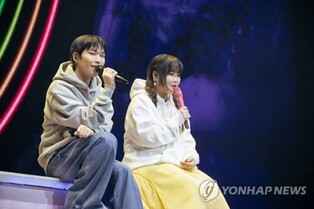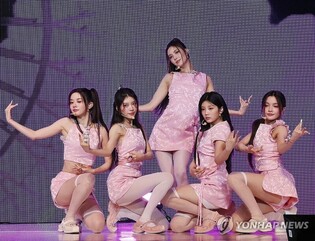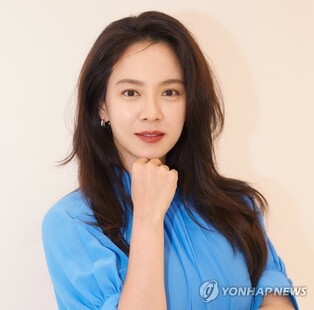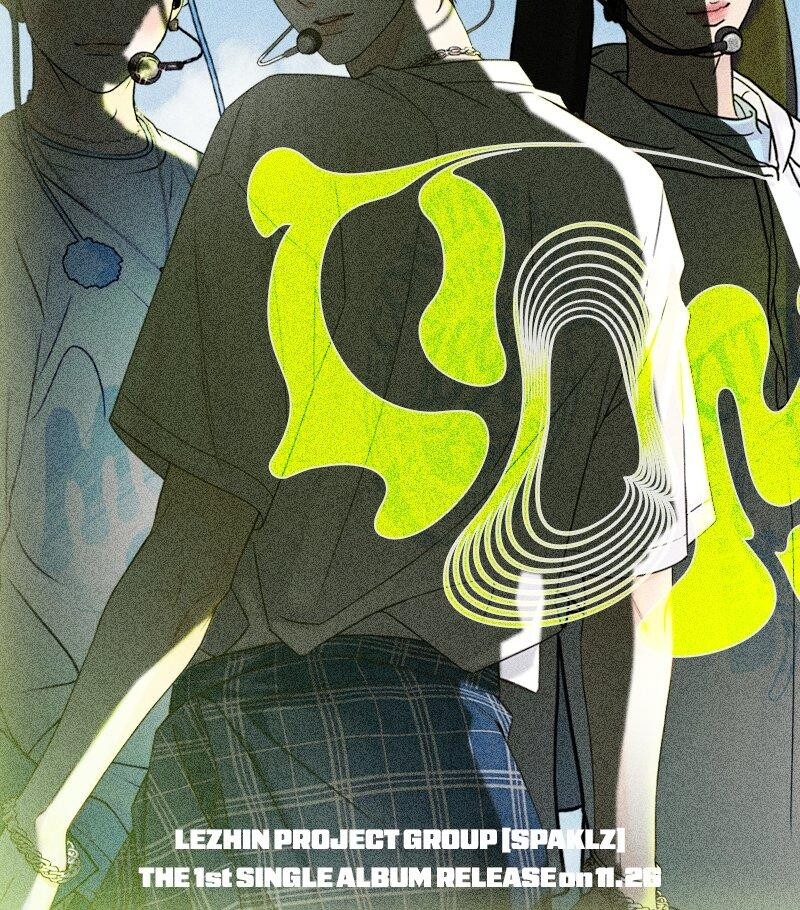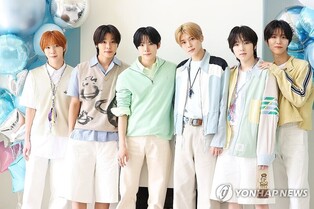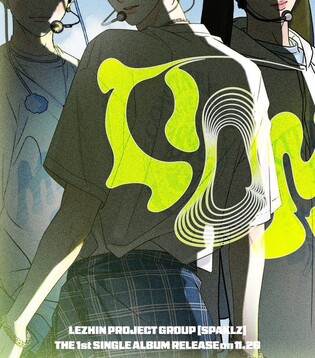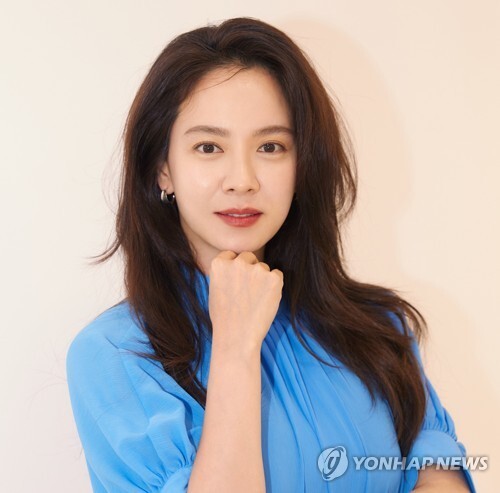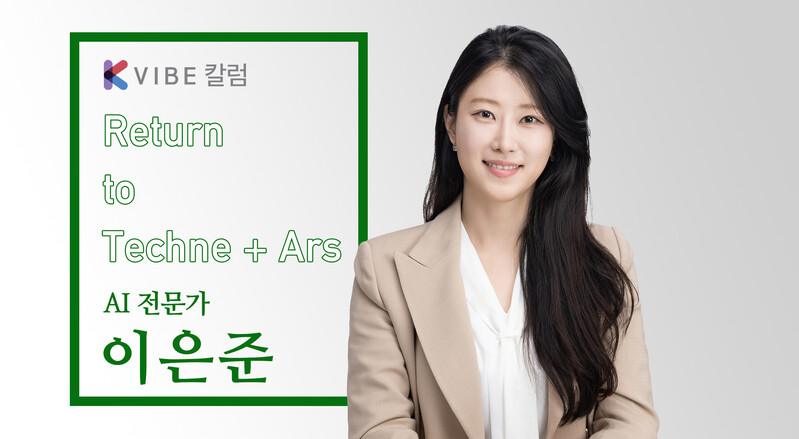 |
*Editor’s note: K-VIBE invites experts from various K-culture sectors to share their extraordinary discovery about the Korean culture.
Chapter 1. Return to Techne and Ars: The Intersection of Technology and Art by Refik Anadol
By Lee Eun-jun (special professor at aSSIST University)
At 34 years old, Turkish-born Refik Anadol is a globally renowned media artist and a pioneer in the aesthetics of data and artificial intelligence. Specializing in graphic design and visual arts, Anadol has focused his artistic endeavors on data visualization research.
Last year, he gained significant attention with his highly acclaimed work at the Museum of Modern Art (MoMA) in New York, which transformed the deeply human realms of "memory and emotion" into data, subsequently trained on AI to create groundbreaking art pieces. Currently, his permanent exhibition is underway at the 63 Building in Seoul.
Anadol has aimed to create new visual experiences by merging scientific principles with technological innovation. Continuously unveiling AI-driven artworks, he has become a leading figure in modern art by breaking down the barriers between art, architecture, direction, and engineering.
Upon observing Anadol's work, I am convinced that contemporary perspectives on 'art' and 'technology' are reverting to the ancient Greek and Roman concepts of 'Techne' and 'Ars'. Anadol's creations are testament to this shift.
The ancient Greek term 'Techne' encompassed both art and technology, including aspects of craftsmanship and knowledge production. It later evolved into the Latin 'Ars,' embodying the integration of creative and mechanical skills. Over the centuries, however, art and technology were regarded as separate domains, often positioned as opposites in cultural, practical, and academic contexts.
The emergence of artists like Anadol signifies a revival of the spirit of Techne and Ars. Anadol's works, which blend digital technology with artistic expression, demonstrate how the barriers between art and technology can be dismantled. By leveraging technologies such as artificial intelligence, data analytics, and immersive digital media, Anadol challenges traditional art concepts and opens new possibilities for creative expression. This reflects a holistic view of Techne and Ars, presenting a future where technical prowess and artistic insight are seamlessly integrated.
The Fusion of Art and Technology Today: Beyond Techne and Ars Reflects a Broader Cultural and Philosophical Shift [Lee Eun-jun's AI Review]
The current convergence of art and technology signifies more than a return to the ancient concepts of Techne and Ars. It reflects a broader cultural and philosophical shift that aims to bridge the long-standing gap between these two domains. This evolution goes beyond the aesthetics of digital art, marking a profound philosophical transition toward a holistic perspective of 'Techne' and 'Ars.'
Moreover, I anticipate that Anadol's work, currently represented through images, will eventually expand to a multi-sensory experience. This expansion will likely start with widely used text-to-image and text-to-video technologies, progressively evolving into hypermodels that include sound, smell, and touch. Such advancements will extend beyond the art world, influencing various industries.
How Should We View AI-Generated Art?
As seen in Refik Anadol's work, art that combines AI, data, and large-scale visual installations should be viewed as a form of contemporary art that reflects our digital and data-driven society. To shape our perspective on AI-generated art, I suggest the following approaches:
1. Understanding the Artist’s Intent and Message: Grasping the meaning and intention behind the artist's work is crucial.
2. Comprehending the AI-Generated Creation Process: Learning about the AI and data processing techniques used by Anadol can deepen our understanding of the technical and creative decisions, enriching our viewing experience.
3. Appreciating the Data Used: Anadol’s art explores themes such as memory, urban life, and the environment through data. Understanding this context allows for deeper engagement and empathy with the work.
4. Aesthetic Appreciation: Beyond technical excellence, focus on the visual and immersive qualities of Anadol’s installations, interacting with the artwork itself.
5. Discussing AI Issues Through Art: Anadol’s extensive use of data raises important questions about image licensing and copyright. His work involves collaboration with data owners or original data collection by his team. This provides an opportunity to discuss AI content copyright issues and other societal impacts of AI.
6. Embracing the Uncertainty of AI Art: AI-generated art challenges traditional concepts of creativity and authorship. Embracing this ambiguity can foster curiosity about the future of art.
7. Predicting Future Art Forms: Speculating about future art forms not yet in existence can be intriguing. Imagining how future art will differ from today’s can inspire exciting possibilities.
By anticipating the dissolution of boundaries and the emergence of new possibilities through these new art forms, we can look forward to a more fascinating future.
(C) Yonhap News Agency. All Rights Reserved


















